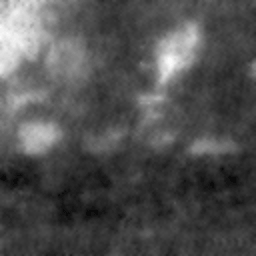Edge preserving Denoising

 Denoising is a fundamental step in many image processing tasks. Linear methods have been very popular for their simplicity and speed but their usage is limited since they tend to blur images. Nonlinear methods are more time consuming but they perform much better in general.
Denoising is a fundamental step in many image processing tasks. Linear methods have been very popular for their simplicity and speed but their usage is limited since they tend to blur images. Nonlinear methods are more time consuming but they perform much better in general.
Our group conducts research on different nonlinear denoising methods. The key idea is to perform anisotropic diffusion as oppose to isotropic diffusion done by linear methods. Nonlinear methods behave differently depending on the image content. Close to edges they diffuse along the edges but not across and in smooth areas perform standard isotropic diffusion. Thus nonlinear methods remove noise and simultaneously preserve edges.
Results
In our group, a spline-based method was proposed and applied to IR images.
We have successfully applied an energy minimization method (with Total Variation regularization) to denoising of images acquired by ballistic electron emission microscope (BEEM) and outperformed wavelet-based denoising methods. See results here.
Noise can have a wide variety of realizations, for example, clouds can be visualized as fractal noise. Utilizing this fact, we were able to apply modified denoising methods to a problem of cloud removal from satellite images. See results here.
| Details: | |
| Duration: | from 2004 |
| Contact person: | Filip Sroubek |
| Involved people: | B. Zitova |
| Involved extern: |
Publications:
-
Self-Invertible 2D Log-Gabor Wavelets, International Journal of Computer Vision vol.75, 2 (2007), p. 231-246 Download PDF
- Kašpar Roman, Zitová Barbara: Weighted thin-plate spline image denoising, Pattern Recognition vol.36, 12 (2003), p. 3027-3030
